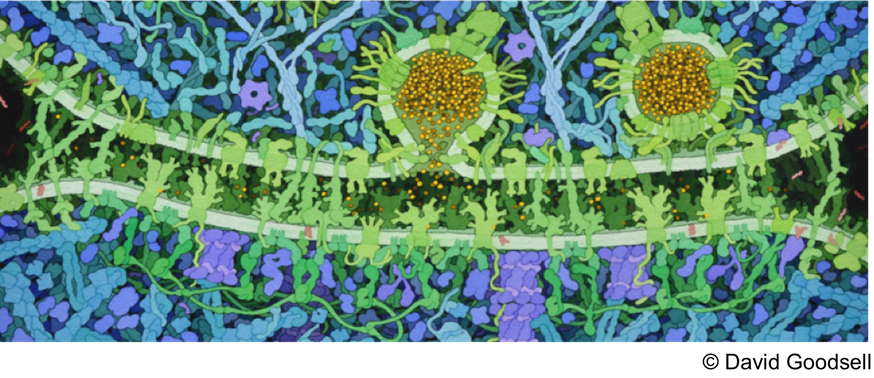The Tau protein is one of the main players in Alzheimer's disease. In a “hyperphosporylated” aggregated state it forms paired helical fibers which partially define the disease as determined using immunological brain segments and the AT8 antibody. Full length Tau441 contains 85 (80 Ser/ Thr and 5 Tyr) residues which may potentially undergo phosphorylation. As such, any whole-protein study on the effects of phosphrylation is remarkably complicated given the necessity to incorporate phosphate groups at defined amino acid sites.
Using discrete, well defined synthetic phosphopeptides in combination with NMR and molecular modelling, we were able to determine the structural effects of phosphorylation at specific key sites (S202/ T205) on the AT8 epitope of Tau. Phosporylation lead to the stabilization of a “protective” turn via a Hydrogen bond between the phospo group of the Thr205 and the amide bond of the Gly207 as well as two nearby Arginine residues (Arg209/Arg211). This result was recapitulated in the whole protein. We were further able to show that additional phosphorylation at Ser208 destabilized this turn, and induced the formation of fibers in the whole protein allowing, for the first time, for the determination of the Tau phospo pattern that drives its aggregation and defining the term “hyperphosphorylation”.

 PDF version
PDF version
